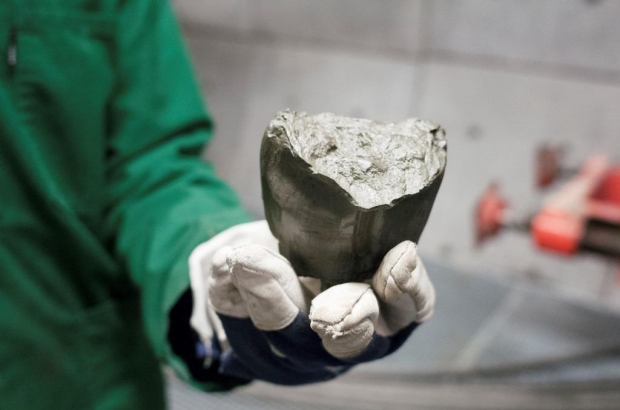- Daily & Weekly newsletters
- Buy & download The Bulletin
- Comment on our articles
Store active nuclear waste in clay, says federal agency
Niras, the national institute for the treatment of radioactive waste and enriched nuclear material, has told the government that it should store highly active or long-lived radioactive waste in deep soil layers of clay. It would be the first step towards the long-term management of nuclear waste by the federal government, Niras said in a statement.
The EU has demanded that Belgium set up a long-term policy for the storage of radioactive waste. Low- and medium-active and short-lived waste (category A) will be dealt with under the cAt project, which was launched with the construction of a disposal facility in Dessel, Antwerp province.
For highly active or long-lived radioactive waste, known as categories B and C, the board of directors of Niras has given its director-general, Jean-Paul Minon, mandate to set up a policy that can be presented to the federal government.
“Geological storage in clay is presented as the solution in the long term, in line with the Waste Plan from 2011, in which the alternatives where examined and for which the public was consulted,” said Niras in a statement.
According to Niras, 40 years of research shows that geological storage in clay like that found around Boom and Ypres are “a safe, feasible and adequate solution”. In a second phase, Niras will work out the methods of monitoring. In a third phase, a decision will be taken on the location for the storage.
Minon said the choice of a site depended on social support. “Developing acceptance within the population takes time,” he said. “We will therefore first develop a transparent and participative decision-making process that involves all stakeholders.”
Niras spokesperson Evelyn Hooft told De Standaard that there will be “at least 20 years between a decision by the government and the start of a nuclear storage operation. The long preparation time explains why we hope for a quick decision.”
MP Alain Top of socialist party SP.A has expressed his concern about the proposed method and called for more research into alternatives.
photo courtesy Niras


















